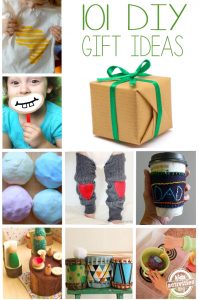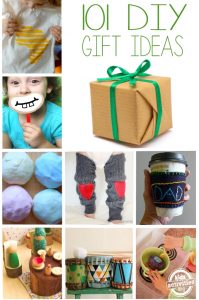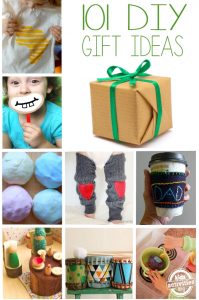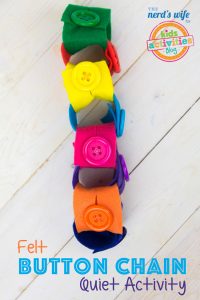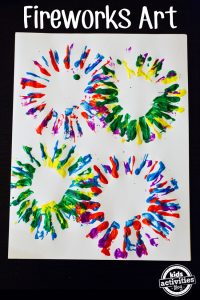
Cloth diapers can take on many forms in the modern world. Now that you know how to start and how to keep going, let’s talk about some advanced tactics.

Cloth Diapering – Advanced Tactics
Beyond the simple on-and-off, in-the-wash process of all-in-one diapers or even pocket or hybrid diapers, there are many choices for inserts, doublers, and covers. If you want it easy, you can have it all by buying the prepackaged sets provided by many cloth diaper manufacturers “but if you’re looking for a more sophisticated solution, this guide will help you find just that.
Insert Materials
Microfiber – Quite absorbent and soft, but usually layered as part of a hybrid or pocket insert with a stay-dry layer of some sort on top, since it can cause dryness and irritation if placed in direct contact with the skin.
Cotton – Cheap and available everywhere, both in knit and woven varieties. Flats, prefolds, fitteds, and even some all-in-ones commonly use cotton.
Hemp – Very durable and extra absorbent. Normally used as a secondary insert (or “doubler”) to keep heavy wetters from leaking, since it is more of a slow-absorber. Anti-bacterial and anti-microbial. Holds about 7x more than cotton.
Bamboo – Very soft and again, extra absorbent. Soaks up liquid faster than hemp, so it can be used as a standalone if desired. Anti-bacterial and anti-microbial. 4x more absorbent than cotton.
(There are others around, but these are the most popular.)
Cover Options
Pocket diapers – Probably the most easy to stuff with any insert material, since you don’t have to worry about what’s up against baby’s skin “but you can only use them once before they go in the wash.
Hybrid diapers (waterproof covers) – Can be reused several times (depending on stink/soil level) before being tossed in the wash, but require a little more care when choosing inserts as to not irritate baby’s bum. More economical and easier to wash/dry.

Decisions, Decisions!
At the end of the day, you really just have to evaluate your budget, day-to-day use of cloth diapers, and needs of your baby.
If you have a large budget and a heavy wetter, grab a bunch of pocket diapers and stuff them with bamboo or hemp blend inserts and/or doublers. If you have a very small budget, need a quick-drying solution, and have nighttime leak issues, you might consider hybrid diapers with bamboo flats and a couple hemp doublers.
It’s easy to compile a set of cloth diapers that works for you when you know your options. And, even if you start cloth diapering with just a few a day, you can save a TON over the course of those short 2-3 years.
Want to learn more about cloth diapering terms? Read up on all of them at Cloth Diapers: Learning the Lingo – An Appendix of Terms.
If you missed it, make sure you read our intro to cloth diapers, and let us know what you think of this series on our Facebook page!
